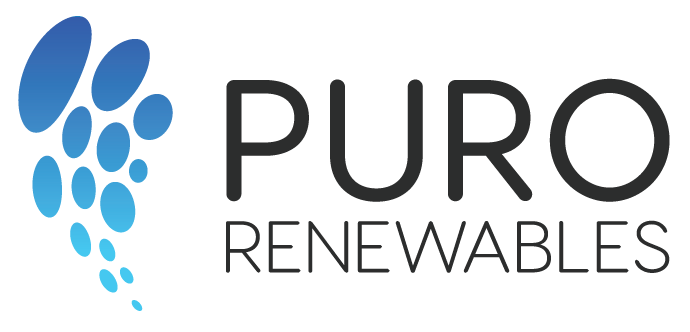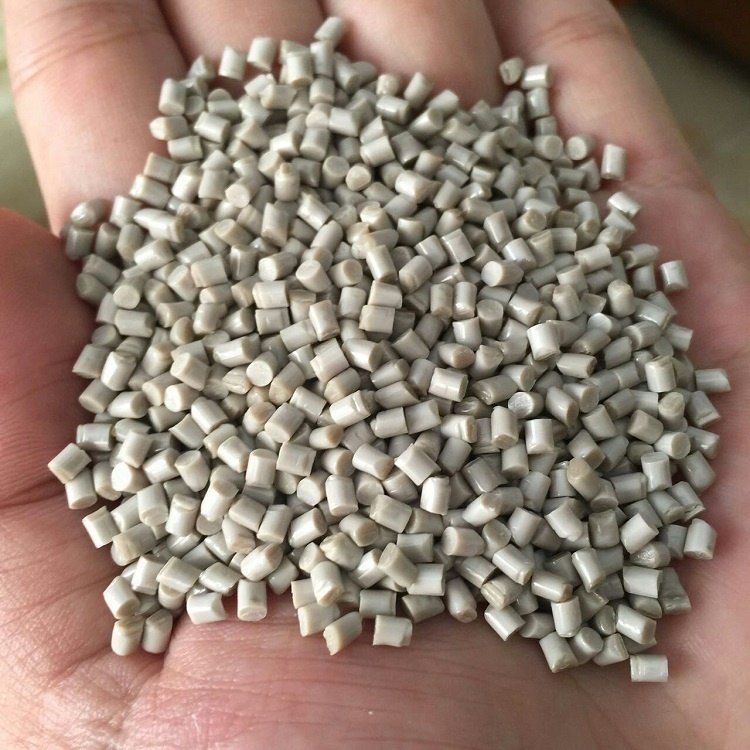In the present era of sustainability, companies and consumers alike are on the lookout for materials that can not only serve functional purposes but also help in reducing environmental impact. As the manufacturing industry embraces eco-conscious practices, the debate has often centered on using post-consumer recycled (PCR) plastic versus bio-based fillers, such as those made from oysters or agave. While PCR plastics might seem like a natural solution, they present various challenges in the manufacturing process. On the other hand, bio-based fillers offer a promising alternative. Let’s delve into why.
- Diverse Additives and Polymer Types: The PCR Puzzle
Post-consumer recycled plastic is derived from used plastic products that have been reprocessed. As a result, the plastic contains a mix of additives and polymers from its previous applications. Manufacturers often have to deal with a cocktail of unknown substances, making it difficult to predict how the material will behave in new applications. This unpredictability complicates the manufacturing process and can sometimes compromise the end product’s quality.
On the contrary, bio-based fillers like those from agave or oysters come from a single, natural source. This ensures a uniform composition that manufacturers can rely on, streamlining the production process.
- The Challenge with Coloring
Color consistency is crucial for branding, aesthetic appeal, and product recognition. PCR plastic presents a significant challenge in this aspect. Since it’s derived from various plastic products with different colors, achieving a consistent hue, especially matching specific Pantone levels, becomes an uphill task.
Bio-based fillers, however, offer a more consistent base, allowing for precise coloring. This is especially advantageous for manufacturers aiming to meet exact brand specifications or ensure uniformity across product batches.
- Ensuring Consistency: A Manufacturer’s Nightmare with PCR
PCR plastic, with its diverse origin, can have varying degrees of quality and strength. Different batches might have different melting points, tensile strengths, or other physical properties, making it difficult to maintain consistent product quality.
Bio-based fillers from Puro Renewables, derived from sources like oysters for calcium carbonate or agave for bio-resin, offer a level of consistency that PCR plastics can’t match. Manufacturers can anticipate how the material will behave, ensuring that the end products maintain a consistent standard of quality.
- Sustainable and Innovative: The Bio-based Advantage
While PCR plastic is indeed a step toward reusing waste, it still originates from petroleum, a non-renewable resource. Bio-based fillers, in contrast, come from renewable sources. Moreover, the innovation behind materials like oyster-derived calcium carbonate or agave bio-resin is paving the way for a new era of sustainable manufacturing. These materials not only serve the functional needs of the products but also resonate with eco-conscious consumers.
- Economic Considerations
Contrary to popular belief, in many scenarios, bio-based fillers can be more cost-effective in the long run than PCR plastics. The unpredictable nature of PCR can lead to production hiccups, wastage, or even recalls, all of which can be costly. The reliability of bio-based fillers can translate to smoother production lines, fewer rejects, and, ultimately, better economic sense.
Conclusion
The quest for sustainable manufacturing solutions is more than just a trend—it’s necessary. While post-consumer recycled plastic initially seems like a suitable option, its inherent challenges make it less than ideal for manufacturers aiming for consistent quality. Bio-based fillers, like those championed by Puro Renewables, present a reliable, sustainable, and innovative alternative. As the world continues its shift toward greener practices, bio-based materials stand out as the clear choice for forward-thinking manufacturers.

